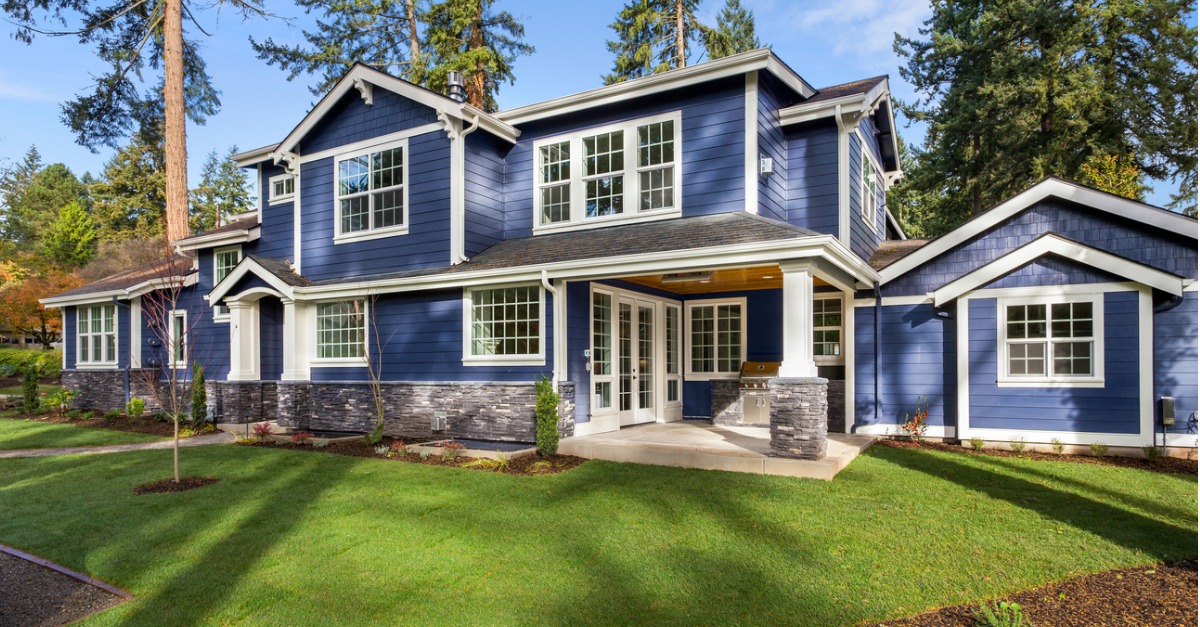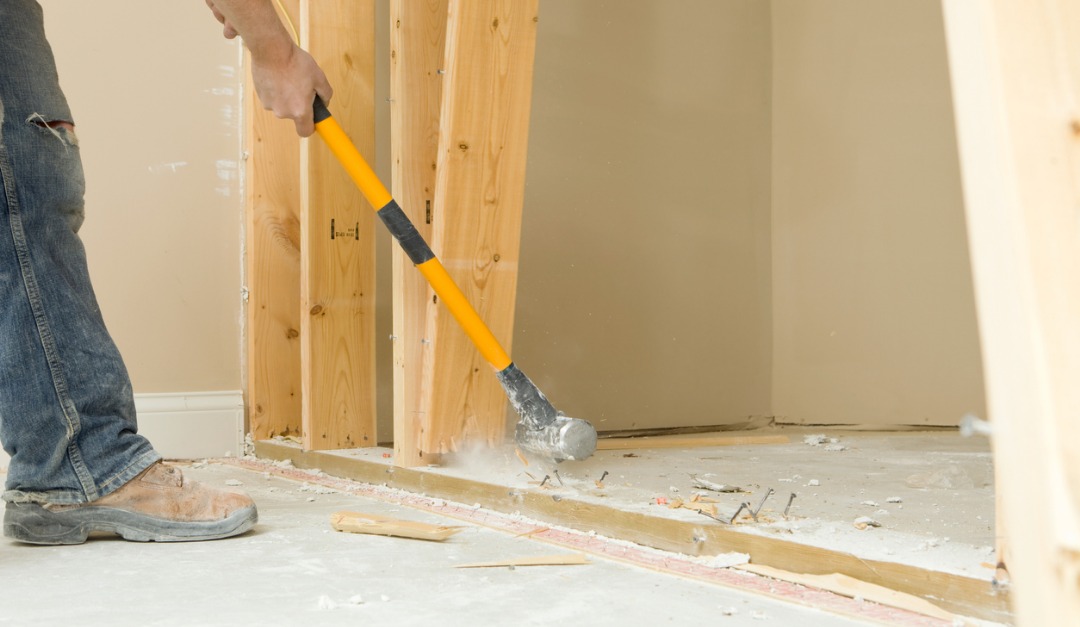What’s your idea of a dream retirement? A sunny beach shack in the south? Or maybe a mountainside mobile home is more your speed?
According to a recent survey of 2,000 Americans from Provision Living, makers of senior living communities, living scenarios for retirement years are becoming increasingly more varied. Here are some of the most notable findings:
- While the average dream age to retirement is 60, millennials have a different scenario in mind, targeting age 56 as the ideal age to retire.
- While nearly 79 percent of respondents would opt to retire right here in the United States, for the 21 percent who prefer to retire abroad, Italy is the country of choice.
- The top 10 cities to retire in are:
- Miami
- San Diego
- Denver
- New York
- Orlando
- Honolulu
- Los Angeles
- Portland
- San Francisco
- Seattle
- The ideal retirement home style is a one-story ranch located along the coast/beach.
- When it comes to the size of the ideal retirement home, boomers say 1,150 square feet, but millennials would like something a little larger, reporting 1,890 square feet as their ideal size.
While retirement may seem like a lifetime away to younger survey respondents, the reality is that it’s best to start planning and saving now in order to create the ideal retirement scenario. As many as 43 percent of millennials have less than $5,000 in their retirement accounts.
But just how much money do you need to have an enjoyable retirement? According to the survey, the ideal savings to have by retirement is $610,000—with millennials saying that it should be $687,000, and baby boomers saying it should be around $574,000.







